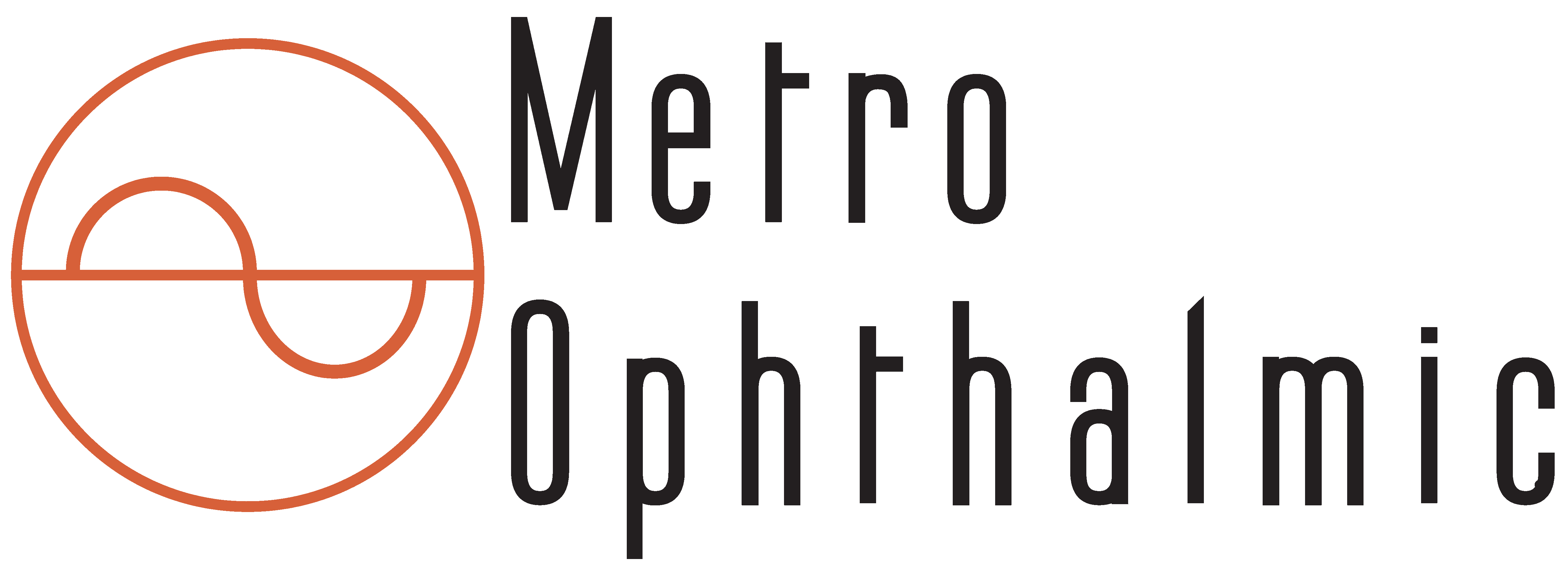
octopus 900 perimeter

Perimetry simplified
The Octopus 600 covers all your essential perimetry needs in an easy-to-use device: central field static testing, rapid screening, a easy-to-read analysis software and the ability to network it with integrated EyeSuite software.

Covering your essential needs
The Octopus 600 performs standard white-on-white threshold testing in just 2–4 minutes in the central visual field. With its comprehensive test library for central tests including G, 32, 30-2, 24-2, M, and 10-2 and its flexible printouts both in Octopus and HFA-format it covers your essential clinical needs.

The central tests you need
The Octopus 600 offers the most commonly used static tests. For central field testing there are the physiology-based G-patterns following the retinal nerve fibers and the 32, 30-2 and 24-2 patterns. For the macula, there are the physiology-based M pattern and the 10-2 pattern. With the fast TOP strategy, full threshold testing can be completed in just 2-4 minutes.

Tendency-Oriented Perimetry (TOP) presents a further optimisation in fast-threshold testing by reducing the examination time by nearly 80% to just 2–4 minutes compared to 6–8 minutes (dynamic strategy) or 10–12 minutes (normal strategy). The TOP algorithm is a systematic method which takes into account the correlation of the threshold values in neighbouring locations. Since the first test points are presented at a supra-threshold level, even inexperienced patients quickly understand the nature of the test.

All Octopus perimeters offer two unique physiology-based patterns: the G-Program (a 30-degree field for glaucoma assessment) and the M-Program (a 10-degree field for analysing the macula). They are both correlated with a nerve fibre bundle map and thus make it possible to test the points which are most important for a structure-function correlation. These examination patterns offer a higher density of stimuli in the centre, which aids the discovery of paracentral scotomas that are often missed by the common 32 pattern.

.jpg)
Standard Octopus representations
Look at visual field results the way you are used to from your Octopus perimeter. All Octopus perimeters offer the standard 7-in-1 printout with its well-known representations, a customizable 4-in-1 printout, a serial printout and much more. And why not conveniently view results in your office by networking your Octopus to the EyeSuite software on your computer?

Smooth transition from HFA
Enjoy a smooth transition from a HFA to an Octopus perimeter. All Octopus perimeters allow you to import your historic HFA data. Because raw data is imported, you can display your historic and new data in the same format of your choice, either as an HFA-style printout or in the Octopus format. To learn more about how the two formats correlate, watch the movie.

Fast screening
Use your Octopus 600 as a fast screening device and quickly distinguish between normal and abnormal visual fields. Screening can be performed with both standard white-on-white or the patient-friendly Pulsar perimetry designed for early glaucoma detection.
Less than one minute
Use the new Glaucoma Screening Test GST to distinguish between normal and abnormal visual fields in less than one minute. The test is purely qualitative and distinguishes between normal and abnormal visual fields by presenting stimuli three times at a brightness that patients with normal vision should see. If not seen, then the visual field is flagged as abnormal with high reliability and the patient can be further tested. Because the test is efficient, it opens doors for more routine visual field testing to ensure no pathology goes undetected.


Made easy for patients
A screening test has to be easy to complete by definition. That's why the patient-friendly Pulsar stimulus is recommended for screening purposes. It has been developed for early glaucoma detection and shows a short learning curve and low test-retest variability.
A clear view on glaucoma
Get the most out of your glaucoma visual field with the highly sensitive Cluster Analysis, the intuitive Polar Analysis for structural comparisons and the easy-to-interpret EyeSuite Progression Analysis.


Immediate identification of true change
Immediately identify levels of change with the EyeSuite Progression Analysis. It not only reveals whether change is significant, but also whether it is local or diffuse and how fast the change happening. For an effective clinical workflow, all results are displayed using intuitive graphical symbols and can be viewed directly in your office if the Octopus is networked.
Sensitive glaucoma analysis
The sensitive Cluster Analysis groups visual field defects along nerve fibre bundles and combines high sensitivity with good specificity to detect early glaucomatous changes. Significant defects are highlighted and the cluster defects can be used for structural comparison. Cluster Analysis is available in both single field and trend view.


For intuitive structural comparison
Combining the results of both structure and function is key to obtaining a comprehensive assessment of the onset and progression of glaucoma. The Octopus Polar Analysis projects local visual field defects along the nerve fibers to the optic disk and displays them oriented as structural results. This makes structure-function correlation almost intuitive. Polar Analysis is available in both single field and trend view.

Perimetry you can trust
Enjoy the reliability of Octopus perimeters, for example with Octopus Fixation Control which automatically eliminates fixation losses from your visual field testing.
Automatically eliminate fixation losses
Fixation losses due to low patient compliance are a major cause of unreliable visual fields. But you needn't worry any more. Fixation Control interrupts testing, when there is fixation loss, and automatically restarts, when the patient is properly fixating again. This ensures that each visual field point is reliably tested.
